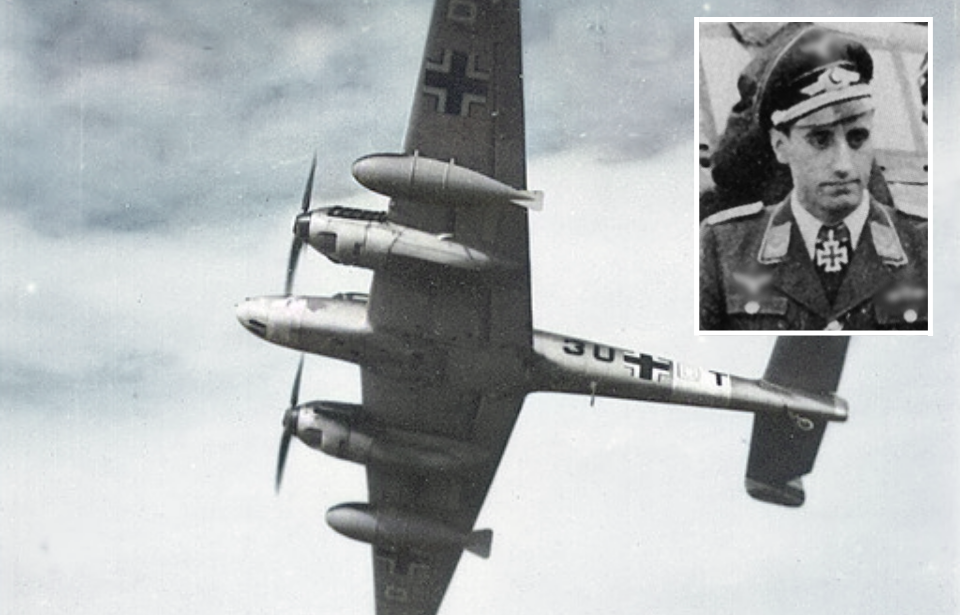Between World War I and II, a number of advancements were made in aviation. Despite this, there were still some conditions that made flying difficult, including taking to the skies at night. Luftwaffe pilot Heinz-Wolfgang Schaufner was devoted to night flying and became one of Germany’s numerous flying aces of the war.
Heinz-Wolfgang Schnaufer’s early life
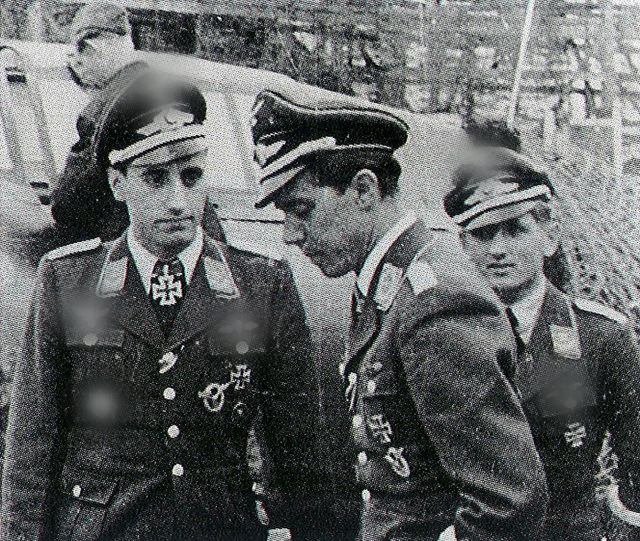
Heinz-Wolfgang Schnaufer was born in Calw on February 16, 1923. He was an excellent student growing up, and eventually enrolled in the National Political Institutes of Education (NAPOLA). These schools were opened by the German government to prepare young men for a life of military, political and administrative leadership.
While at school, Schnaufer began training on gliders, earning his B-license, as it was his aspiration to become a pilot. He graduated in 1939 with distinction, having been at the top of his class every year. Upon leaving school, Schnuafer took and passed his entry exams for officer cadets. He joined the Luftwaffe and before long was undergoing basic military training.
Pilot training and early service during the Second World War
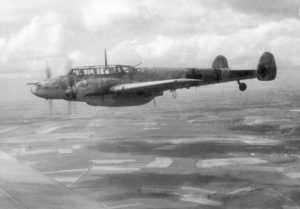
In April 1941, Schnaufer was promoted to the rank of Leutnant. After completing his destroyer school, he was paired with radio operator Friedrich “Fritz” Rumpelhardt, and the duo were sent to Nachtjagdschule, a training school that specialized in night flying.
The training focused on the intricacies that came with engaging in dog fights at night. This included things like taking off and landing with limited light, working together with searchlight operators, and achieving a rapport with your radio operators.
Heinz-Wolfgang Schnaufer becomes a flying ace
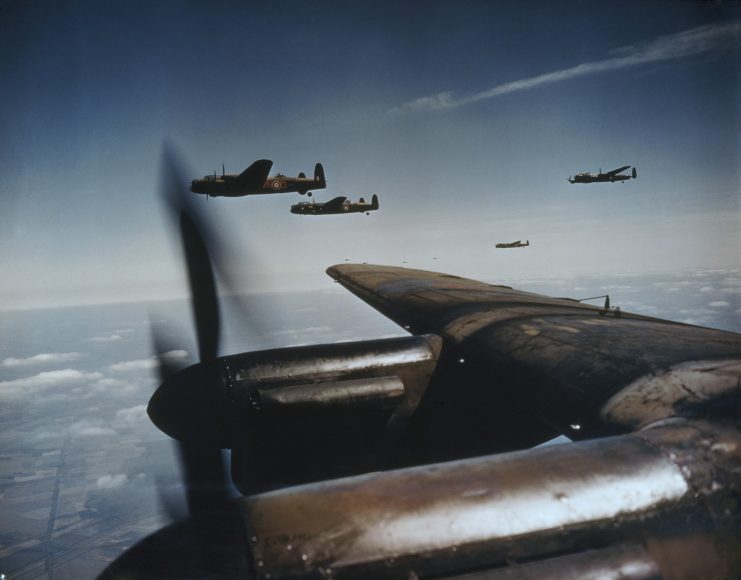
After breezing through training, the Luftwaffe was eager to get Heinz-Wolfgang Schnaufer in the sky. He achieved his first aerial victory in June 1942, when he shot down a British Handley Page Halifax over Belgium. He shot down six more before the end of the year, including one Armstrong Whitworth A.W.38 Whitley and two Vickers Wellingtons in just over an hour that August.
The following year saw more success for the pilot, as he was promoted to Oberleutnant after shooting down his 14-17 enemy aircraft, two Halifax bombers and one Avro Lancaster. As his success continued, he continued to be promoted – in March 1944, he was named the Gruppenkommandeur of IV Gruppe of NJG 1 (IV./NJG 1), after having been transferred to the group during the previous summer.
Schnaufer became an Ace In a Day for the first time in May 1944, when he took down five Royal Air Force bombers within the span of 14 minutes. The next month, after achieving his 84th victory, he was awarded the Knights Cross of the Iron Cross With Oak Leaves.
Captured by the British
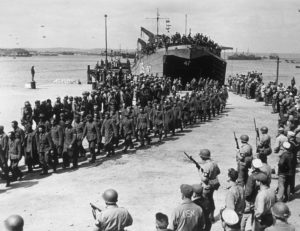
Heinz-Wolfgang Schnaufer continued to ring up night-time victories, earning himself the nickname as the “Spook of St. Trond.” The moniker was in reference to the Belgian area where he and his men were stationed. His greatest success came when he earned his second Ace In a Day distinction by claiming nine Lancasters over the course of a single day. Overall, he finished WWII with 121 victories during just 164 combat missions, most of them against the British.
The British took Schnaufer as a prisoner of war (POW) in May 1945. He was interrogated by a team mostly interested in whether or not amphetamines contributed to his flying success, as the German Wehrmacht was known to use such stimulants. After coming down with diphtheria and scarlet fever, Schnaufer was sent to a hospital and eventually released.
Heinz-Wolfgang Schaufner’s post-war life
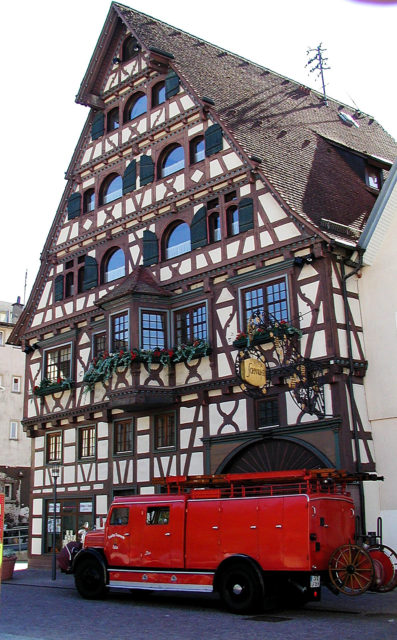
Heinz-Wolfgang Schnaufer had planned on spending the rest of his career with the Luftwaffe, but Germany’s loss made that impossible. He opted to return to Calw, where he ran his family’s wine business, which had been shuttered during the war. He rebuilt the business from scratch and soon saw success.
More from us: The Enduring Legacy of Submarine Commander Dudley Morton
In 1950, the former pilot traveled to France for a wine-buying trip. While there, the car he was driving collided with a truck carrying empty gas cylinders. Schnaufer suffered a fractured skull in the accident and never regained consciousness, dying two days later. The truck driver was later convicted of failing to yield and driving too fast, both of which led to Schnaufer’s death.
